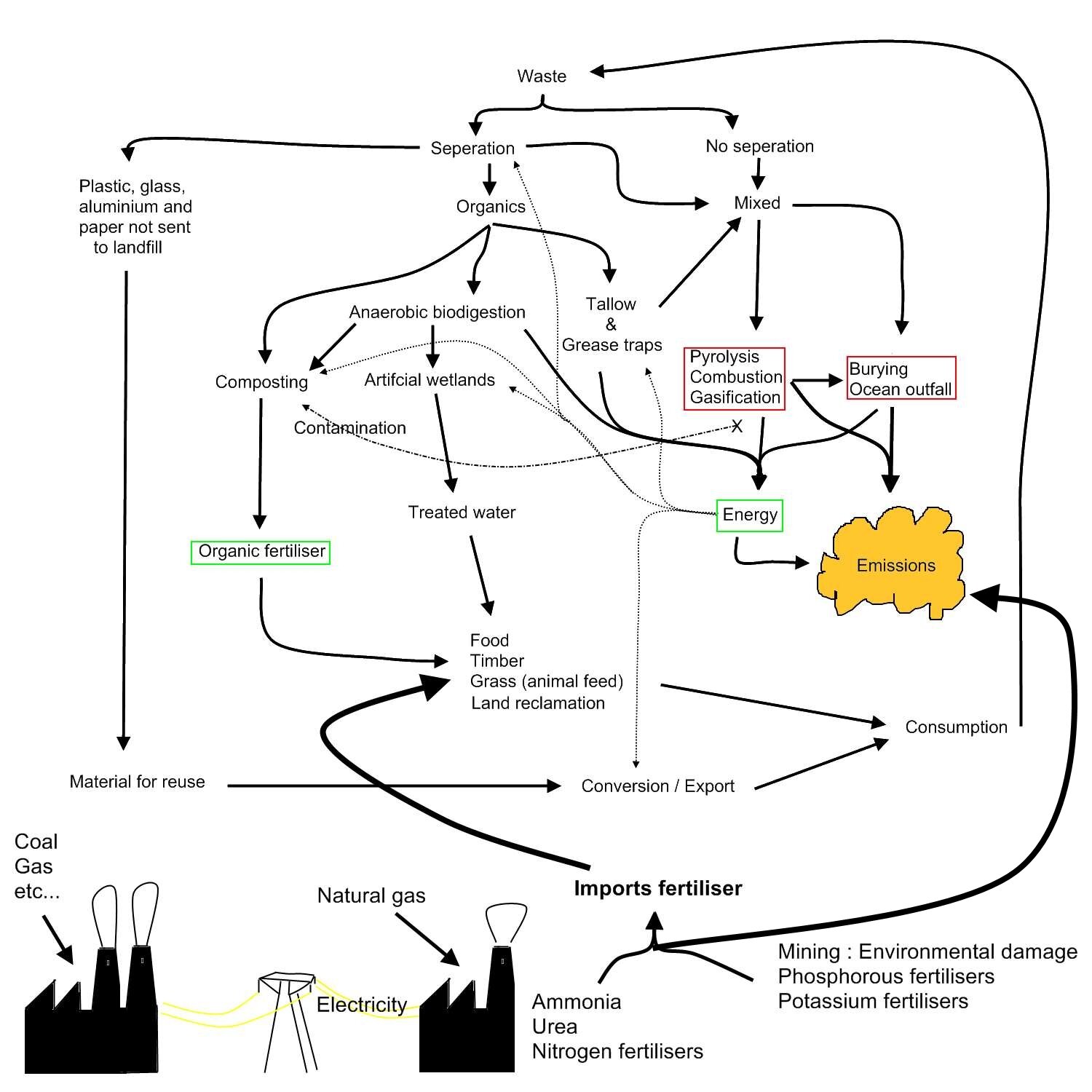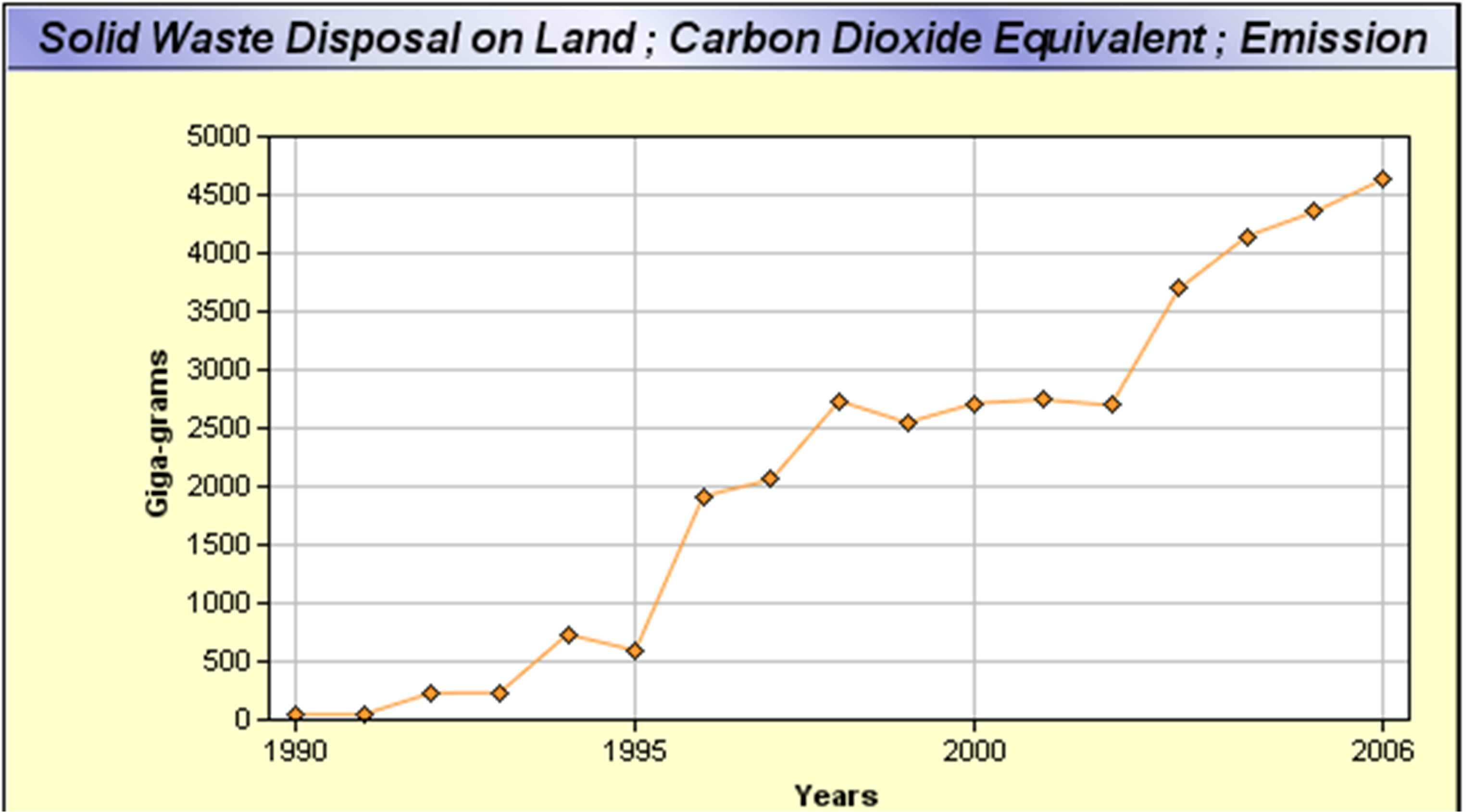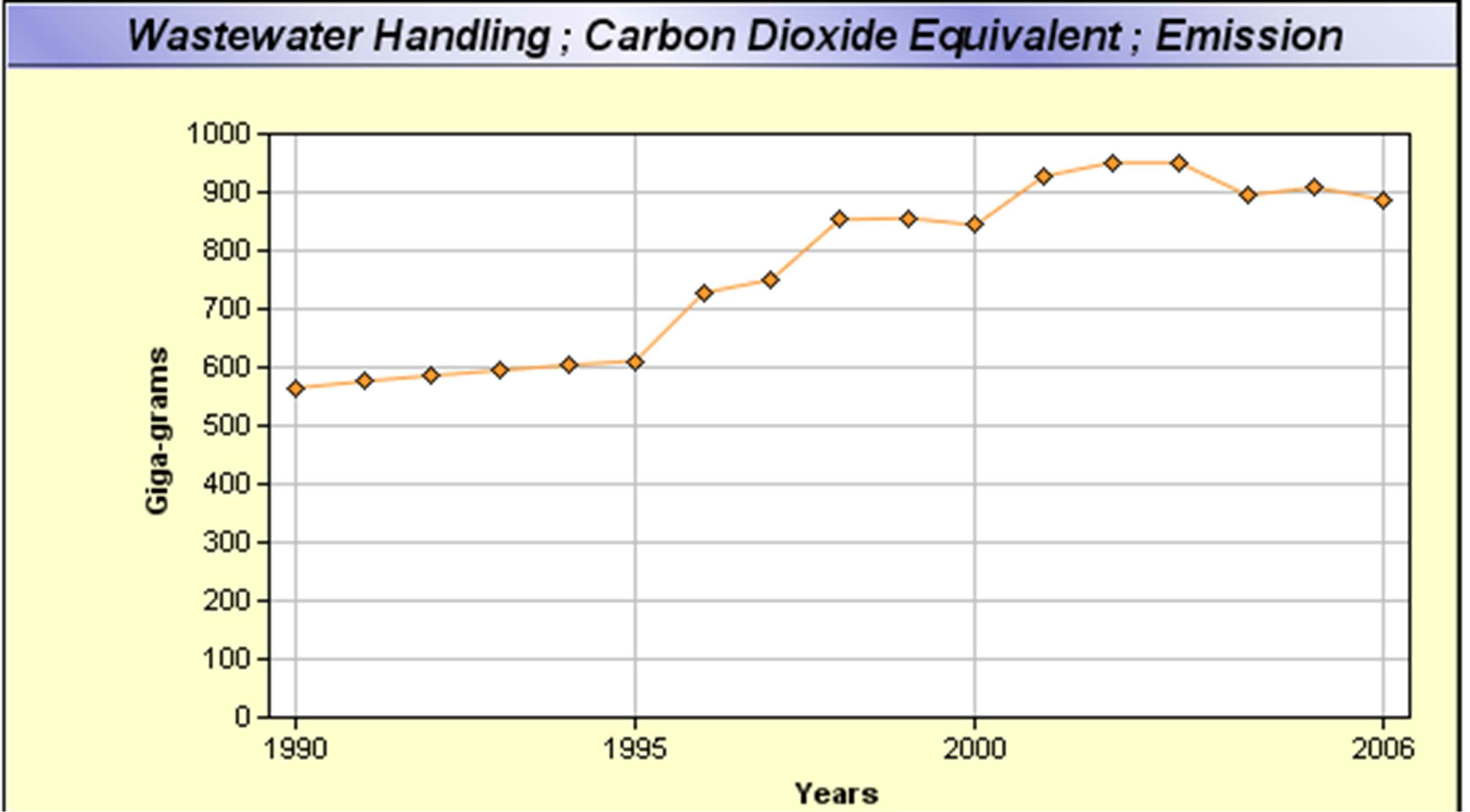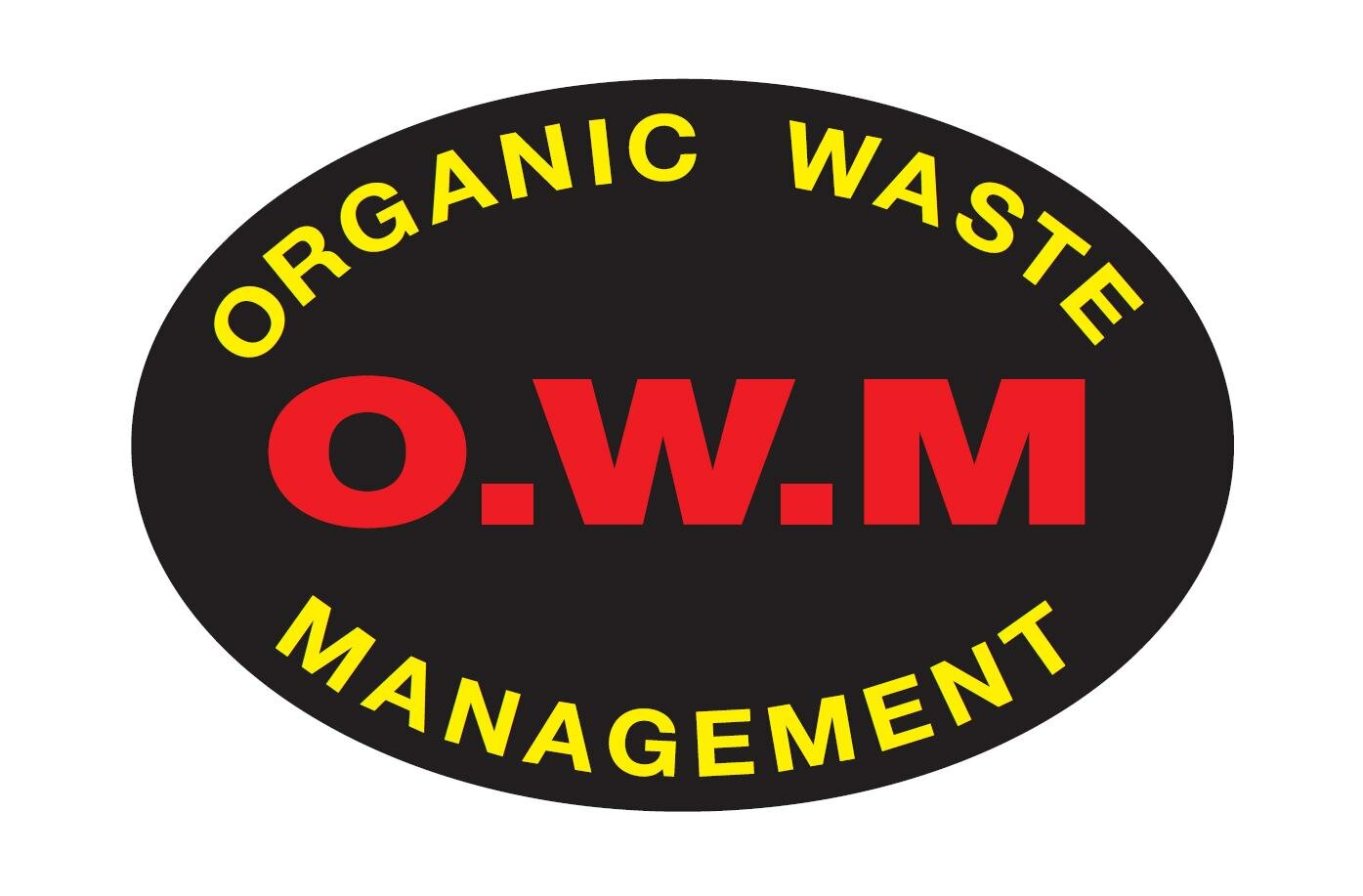Recycling
Organic Waste Management is a recycling company that fully recycles organic waste that is treated and processed to produce an organic carbon rich product for broad acre applications. This part of our website is a small summary of why waste is important and how it should be treated as a resource.

Quick links
- Information on Organic Waste recycling
- What is Waste?
- Where does the waste go?
- Why recover waste?
- How do you recover waste?
- Links?
Information on Organic Waste recycling
Recovery of waste is important, it firstly reduces the release of climate changing gases, it provides a source of carbon for farms and provides alternatives to environmentally damaging fertilisers.
What is Waste?
Waste is any material that is thrown away and includes waste which is discarded to waste water treatment systems. This releases a large amount of greenhouse gases (IPCC) which in the year 2000 attributed to 3.6% of total emissions.
Waste industry produces more CO2 than all registered heavy trucks and buses across Australia!
This is the equivalent of 39% of all emissions from cars for a year. That’s 4 million cars!
Waste industry produced 2.9% of all emissions in Australia – 69.9% by Energy
Almost 10% of all non-electricity generated emissions
On top of this to produce this waste (food, plastics, glass, paper and metal) we require mining and fertilisers which both use large amounts of energy and have long lasting effects on the environment. Over the last 3 to 4 decades improvement in practices have increased significantly here in Australia, however overseas we have little control of the pollution emitted through less rigorous environmental practices.
Kerbside summary for metropolitan Melbourne, 2005-06 sourced from the Final Draft Metro Plan Sustainability Victoria.
House holdHouse hold yields; mixed waste sent to landfill 495kg - Recyclables 282kg - Garden organics 196kg.
Aside from the obvious carbon pollution and climate change implications, waste discharged to the environment no matter how neatly packaged is still waste, and now more than ever we should be looking at what can be done to reduce the negative impacts that are looming with in the next 10 - 20 years.From the Australian Natural Resource Atlas or http://adl.brs.gov.au/anrdl/php/full.php?fileidentifier=a_dsa__r9nnd_00211a00.xml

Figure 1: Highlights the areas expecting to have salinity problems with in the next 40 years.
Please note the difficulty of getting accurate numbers of the amounts being recycled and used as fertiliser.
If the reader has any relevant information. Contact us thru our email
Sourced from
ACCC Examination of fertiliser prices
http://www.fertilizer.org/ifa/Home-Page/SUSTAINABILITY/Climate-change/Greenhouse-gas-emissions-and-fertilizer-production.html#2
http://www.commoditynewscenter.com/articles/Insight/Gas_up_on_Natural_Gas
http://noble.org/Ag/Soils/NitrogenPrices/Index.htm
http://www.greenpeace.org/raw/content/eu-unit/press-centre/reports/EU-standard-on-car-emissions.doc
http://www.ipcc.ch/

Figure 2: My rough interpretation of the waste cycle - Australia is mostly dependent to the options on the far right. Policy makers in many countries have included they prefer to use waste to energy (combustion, gasification and pyrolysis).
Where does the waste go?
The vast majority of this material is placed in landfill or waste water treatment then pumped out to the ocean. A large fraction of the waste that is sent to either of these disposal methods can be reclaimed for other purposes. Plastics, glass, metals, water, organic waste, batteries, electronics, tyres and every other type of waste when discharged to the environment can cause drastic environmental pollution. Municipal (household) waste is heavily subsided by government on waste disposal costs however industry generally* pays a premium on their waste disposal - see the EPA in your relevant area (WA $2 per tonne landfill levy versus Victoria $70 - $250 per tonne).
A large portion of the mixed waste sent to landfill contains a large fraction of kitchen organic waste (any organic waste especially paper evolves a large amount of CO2-e). To avoid this in the future it is necessary for organic household waste to be separated from the waste sent to landfill - which it currently is not. Several trials of collecting kitchen (and organic) waste have been attempted at a council level i.e. with the addition of a new waste bin. Recycling this organic waste avoids these emissions from either landfill or waste water treatment but also reduce fertilisers environmental costs (as mentioned above) by substituting with organic fertilisers, it also increases the carbon content in the top soil when applied to farms, effectively sequestering the carbon.
Each year the average household releases 12,300 balloons - this is calculated by the average of 500kg per house hold and is equivalent to 0.65 tonnes of Carbon dioxide.
Why recover waste?
Aside from the issues mentioned above, over the next 50 years Australia will be pushed in to a prolonged drought. We need to recover the waste liquids and carbon that are now thrown away to stop the imbalance we, Australian's, place on the environment. With the prospect of Kyoto article 3.4, covering top soil, being endorsed in the second commitment period in 2013 - 2017 (or in the Stockholm in December 2009) makes carbon fertilisers produced from waste an excellent source of carbon sequestering on agricultural tracts whilst also directly reducing the large volumes of CO2-e being generated from landfill.

Figure 3: Total CO2-e generated from landfill each year

Figure 4: Total CO2-e recovered from landfill each year

Figure 5: Total CO2-e generated from wastewater treatment.

Figure 6: Total CO2-e recovered from wastewater treatment.
Sourced from http://www.ageis.greenhouse.gov.au/GGIDMUserFunc/QueryModel/Ext_QueryModelResults.asp through the department of climate change.
How do you recover waste?
Solid and liquid organic waste is most easily recovered through windrow composting, vermicomposting and other in-vessel techniques, such as anaerobic biodigesters which would replace wastewater treatment plants, that offer little recovery or option for separation.
Anaerobic biodigesters can extract methane (figure 7) from organic waste while the spent material can be separated and used as a source of grey water, with further composting of the solid material aerobically to maximise beneficial use.

Figure 7: General breakdown process of organic waste through an in-vessel anaerobic environment which results in the collection of methane.
Links
For more information on any issues facing farmers and waste producers please visit any the following
Climate change and environmental effects
Department of Climate Change - www.climatechange.gov.au - The green paper and the white paper are interesting to read for any particular industry. Topics of interest are the waste industry, fertiliser industry and the agriculture industry.
Intergovernmental Panel of Climate Change www.ipcc.ch - the parent to our more moderate green and white papers - due to political pressure from lobby groups such as coal and other high energy using sectors our climate plan does not align with the IPCC recommendations closely.
The Australian Association for the study of peak oil and gas http://www.aspo-australia.org.au/
Agriculture
Australian natural resource atlas - www.anra.gov.au - This page has access to a maps with overlays of ; salinity, water pollution, soil carbon content, pH of soils and the amount of various fertilisers applied to the land.
Food & Agriculture organisation of the United Nations. www.fao.org/ag/agl/public.stm
Australia worm Growers Association Vermiculture Inc. (AWGAVI) - http://www.ausworm.com - Sign up for a membership and get a wealth of knowledge from current and past members.
